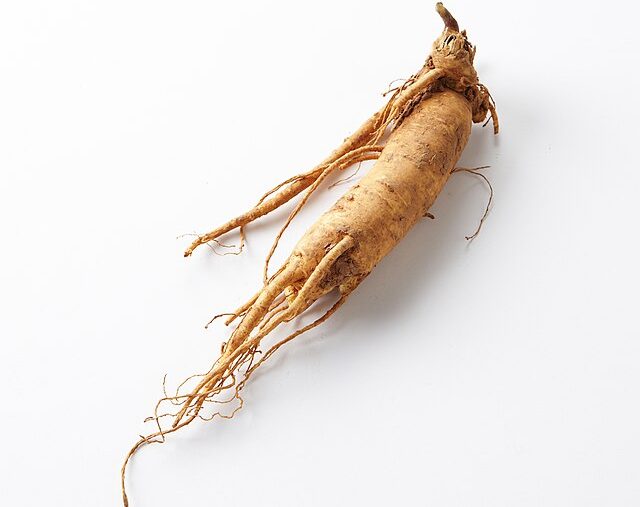Wisconsin ended its 2025 ginseng harvest on November 1, kickstarting a marketing campaign lasting till March 31, 2026. Some sellers are however keeping their reserves for now, waiting until tariff headwinds can weaken.
The season’s start found Presidents Donald Trump of the United States and Xi Jinping of China resolving soybean issues, sidelining ginseng.
In 2024, China brought ginseng worth $14.7 million from the United States that constituted mainly the dried taproot.
But as of May 2025, China’s retaliatory tariffs had soared to 147%, forcing a retreat by WI’s sellers.
According to Will Hsu of Hsu Ginseng via WJFW news, duty has since then depreciated to 32.5% but it is still high.
Starting 2001 when China first joined the World Trade Organization, import tariffs on various goods including ginseng had remained fairly reasonable.
They first made a major return in 2018 during Trump’s first trade war. They remained around 40% through October 2024, forcing senator Tammy Baldwin to defend farmers.
Baldwin had visited the HSU Ginseng Farm, whose owner had informed her of plummeting profits from import duty woes.
Today, Beijing’s economy is slowing down, further reducing the purchasing power for premium dried ginseng at $800 a pound retail.
Hence, ginseng farmers in Wisconsin are down from 1,400 to around 70, per Reuters, quoting Joe Heil of Heil Ginseng Enterprises.
Waiting for a Better Day, Canada Fills Void
As some farmers save their recent harvest until trade improves, their counterparts from Canada are filling in the gap.
Since China’s customers have in recent years been turning to cheaper sources, Canada comes in handy.
In 2024, Ottawa shipped 3 million kg of cultivated ginseng to Beijing at US$15 a kg versus the U.S.’ 213,000 kg at US$69/kg.
Canada’s root comes from the sandy terrain of Toronto and therefore compares ill to the Wisconsin equivalents from rich soils.
For a root that needs at least 3 years to mature, profitability can reduce drastically when trade barriers enter. This is in effect the reverse of the successful marketing years for ginseng from Wisconsin, per the below statistics.
Wisconsin Ginseng Marketing Statistics
Between September 1 and March 31 each season, growers of ginseng in Wisconsin trade the year’s harvest. They have been doing this since the early 1800s when international ginseng trade with mainly Asia began. In 2014, Asia was receiving at least 30,000 kg of ginseng from the United States, with Wisconsin providing over 90%. By 2024, American ginseng trade with Asia’s biggest buyer, China, had hit 8 times that volume at 213,000 kg. In 2020, Wisconsin sold $19.26 million in ginseng worldwide while the entire U.S. managed $39.97 million, per DATCP’s International Agribusiness Center.
Which countries buy the most WI ginseng?
Below are the biggest export destinations for WI’s ginseng, per the Wisconsin Department of Agriculture, Trade & Consumer Protection (DATCP), for 2020:
- China @ 51.04% share.
- Hong Kong @ 43.7% share.
- Taiwan at 4.4% share.
- Canada @ 0.5% share.
- Vietnam at 0.22% share.
Comparatively, Hong Kong was in 2020 the biggest recipient of ginseng from the entire United States with 64.68% share.
Is ginseng the biggest export to China from WI?
Ginseng is hardly the biggest product that Wisconsin trades with China. In 2022, for example, China bought 8% of all commodity exports from Wisconsin, 13% of which oil seeds and grains.
